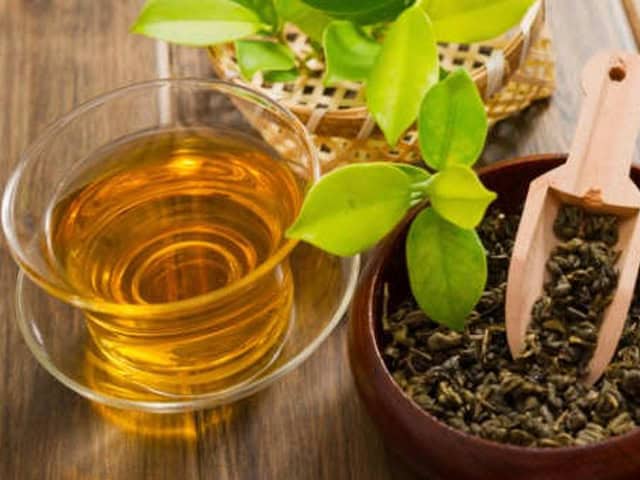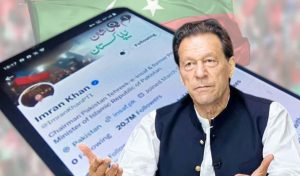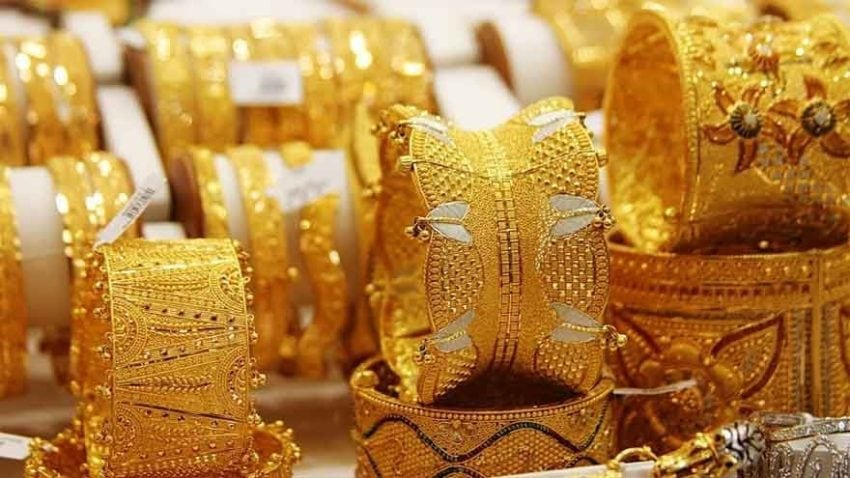HARRISBERG (Web Desk) – Green tea helps with weight-loss, diabetes, protects your heart, helps get rid of that wretched smoking addiction and boosts your immunity! If these weren’t enough, here’s another one. It should be reason enough to make you swap your regular milky tea with a cup of perfectly brewed green tea.
Green tea can kill oral cancer cells without harming the healthy ones. According to a study published in the journal Molecular Nutrition and Food Research, the compound epigallocatechin-3-gallate (EGCG) found in green tea triggers a process in the mitochondria that kills the cancer cells, keeping the healthy ones intact.
Previously, another study published in the journal Molecular Nutrition and Food Research suggested that EGCG is also an antioxidant, which can fight against age-related degenerative diseases. They believe EGCC also enhances learning and improves memory.
According to Joshua Lambert, associate professor of food science and co-director of Penn State’s Center for Plant and Mushroom Foods for Health, “EGCG is doing something to damage the mitochondria and that damage sets up a cycle causing more damage and it spirals out, until the cell undergoes programmed cell death. It looks like EGCG causes the formation of reactive oxygen species in cancer cells, which damages the mitochondria, and the mitochondria responds by making more reactive oxygen species.”
As this mitochondrial demise continues, the cancer cells lower their defenses. “So, it’s turning off its mechanism of protection at the same time that EGCG is causing this oxidative stress,” Lambert added. Research showed that the EGCG did not cause this reaction in normal cells. In fact, it appeared to increase the protective capabilities of the cell.
To understand how EGCG affects normal cells, researchers studied the effects of the compound on both cancer cells and normal cells. They grew the normal and cancer cells and then exposed them to EGCG, at concentrations typically found in the saliva after chewing green-tea chewing gum. At various times, the researchers would collect the cells and check for oxidative stress and signs of antioxidant response.
“We also took a lot of pictures, so we could use fluorescent dyes that measure mitochondrial function and oxidative stress and actually see these things develop,” said Lambert, who worked with Jong-Yung Park, a research technician and Ling Tao, a doctoral candidate in food science. The researchers said that a protein called sirtuin 3 – SIRT3 – is critical to the process.
Lambert concluded by saying that “It plays an important role in mitochondrial function and in anti-oxidant response in lots of tissues in the body, so the idea that EGCG might selectively affect the activity of sirtuin 3 in cancer cells – to turn it off – and in normal cells – to turn it on – is probably applicable in multiple kinds of cancers.”
Sarfraz Ali
The writer is an Editor of Digital Media for Daily Pakistan. He can be contacted at sarfraz1168@gmail.com.














